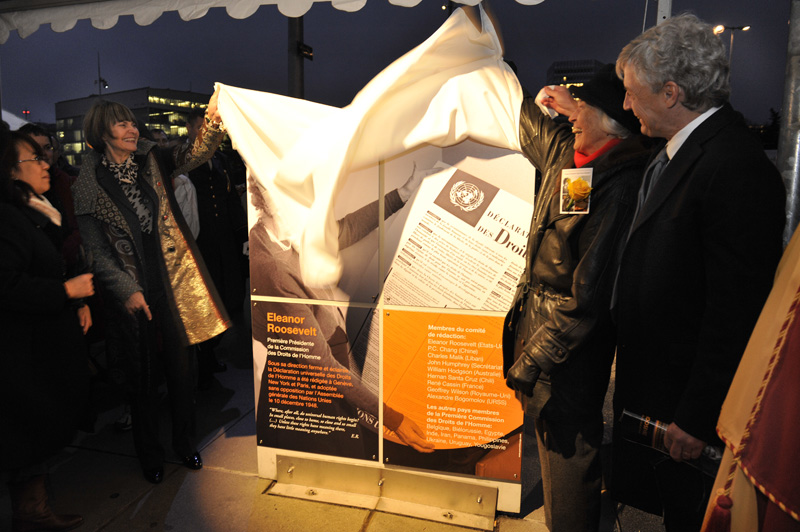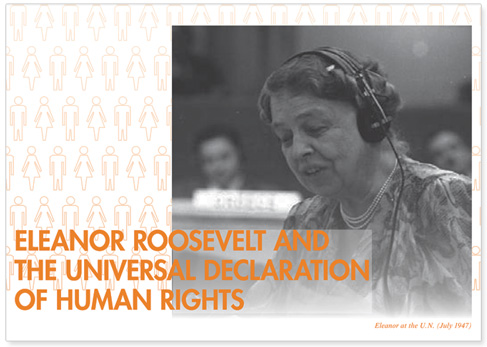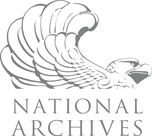 网页内容展示
网页内容展示
Eleanor Roosevelt and the Universal Declaration of Human Rights
An article by John Sears Research Consultant Roosevelt Institute, Hyde Park, NY
The United Nations General Assembly adopted the Universal Declaration of Human Rights on December 10, 1948 in the midst of an especially bitter phase of the Cold War. Many people contributed to this remarkable achievement, but most observers believe that the UN Commission on Human Rights, which drafted the declaration, would not have succeeded in reaching agreement without the leadership of the Commission’s chair: Eleanor Roosevelt. ER herself regarded her role in drafting and securing adoption of the Declaration as her greatest achievement. As she readily admitted, she had no legal training or expert knowledge of parliamentary procedure, but she brought to her job as chair the skills she had acquired as political activist, reformer, and advocate for those excluded from power and an understanding of the meaning of freedom earned through a deep engagement in the struggle in her own country for social and economic justice, civil rights, and women’s rights. She possessed not only a passionate commitment to human rights, but a hard-earned knowledge of the political and cultural obstacles to securing them in a divided world.
Download the entire article
 网页内容展示
网页内容展示
Memorial to Honor Eleanor Roosevelt
The Task Force: Celebrating Eleanor Roosevelt - Leader for Human Rights, composed of international volunteers, aims to raise awareness for the Universal Declaration of Human Rights (UDHR) and Eleanor Roosevelt’s legacy. This group recently coordinated the creation and installation of a lasting memorial to Mrs. Roosevelt’s work as a leader in human rights.
Dedicated on December 5, 2008 during a special ceremony to recognize and commemorate Eleanor Roosevelt as the driving force behind the UDHR on its 60th anniversary, this permanent memorial is the first of its kind. It now stands at the Place des Nations, directly in front of the UN Headquarters in Geneva, Switzerland. See the plaque . The Task Force also co-published a booklet, in English and French, featuring a preface by Swiss Foreign Minister Micheline Calmy-Rey and historical interpretation by historian John Sears, as seen above. Download the booklet.
 网页内容展示
网页内容展示
 Ceremonial unveiling of the plaque to honor Eleanor Roosevelt. December 5, 2008, Place des Nations, Geneva, Switzerland. Pictured above (left to right): Ms. Diwata Hunziker, External Relations, City of Geneva; Mme. Micheline Calmy-Rey, Federal Councillor; Mrs. Anne Herdt, Chair, Task Force Celebrating Eleanor Roosevelt; Mr. Michel Tomare, Mayor of Geneva. Photo by Eric Roset.
Ceremonial unveiling of the plaque to honor Eleanor Roosevelt. December 5, 2008, Place des Nations, Geneva, Switzerland. Pictured above (left to right): Ms. Diwata Hunziker, External Relations, City of Geneva; Mme. Micheline Calmy-Rey, Federal Councillor; Mrs. Anne Herdt, Chair, Task Force Celebrating Eleanor Roosevelt; Mr. Michel Tomare, Mayor of Geneva. Photo by Eric Roset. 



